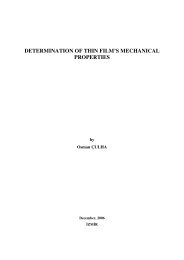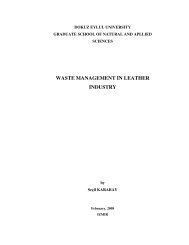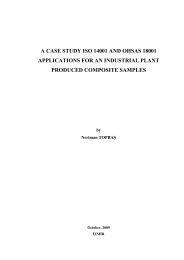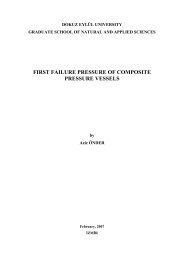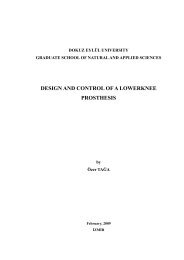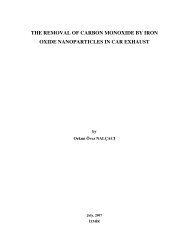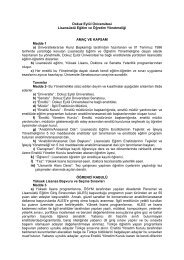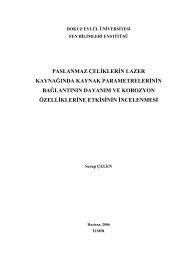A numerical study on the thermal expansion coefficients of fiber
A numerical study on the thermal expansion coefficients of fiber
A numerical study on the thermal expansion coefficients of fiber
Create successful ePaper yourself
Turn your PDF publications into a flip-book with our unique Google optimized e-Paper software.
23<br />
or brown (Wypych, 2000). Cellulose <strong>fiber</strong>s (especially virgin materials) have a<br />
complex morphological structure which facilitates reinforcement (Figure 2.7).<br />
Figure 2.7 The morphology <strong>of</strong> cellulose <strong>fiber</strong>s (Wypych, 2000).<br />
2.2.2.5.2 Oriented Polyethylene Fibers<br />
Polyethylene is <strong>the</strong> most popular plastic in <strong>the</strong> world. This is <strong>the</strong> polymer that<br />
makes grocery bags, shampoo bottles, children's toys, and even bullet pro<strong>of</strong> vests.<br />
For such a versatile material, it has a very simple structure, <strong>the</strong> simplest <strong>of</strong> all<br />
commercial polymers. A molecule <strong>of</strong> polyethylene is nothing more than a l<strong>on</strong>g chain<br />
<strong>of</strong> carb<strong>on</strong> atoms with two hydrogen atoms attached to each carb<strong>on</strong> atom (Figure2.8).<br />
The chain <strong>of</strong> carb<strong>on</strong> atoms may be many thousands <strong>of</strong> atoms l<strong>on</strong>g.<br />
Figure 2.8 The molecule <strong>of</strong> polyethylene.<br />
The ultrahigh molecular weight polyethylene <strong>fiber</strong> is a highly crystalline <strong>fiber</strong><br />
with very high stiffness and strength. This results from some innovative processing<br />
and c<strong>on</strong>trol <strong>of</strong> <strong>the</strong> structure <strong>of</strong> polyethylene. The unit cell <strong>of</strong> a single crystal





